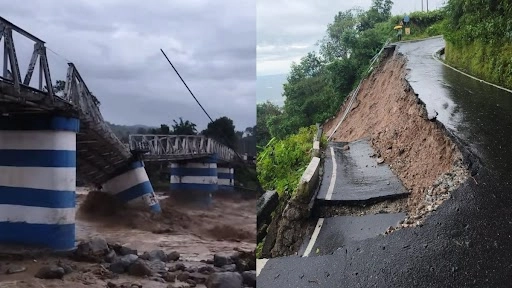Heavy rainfall in the Darjeeling region has resulted in a devastating series of landslides that have claimed the lives of at least 17 individuals. The severe weather conditions have wreaked havoc across the area, leading to significant challenges for local authorities and rescue teams. The landslides, triggered by the incessant downpour, have not only caused loss of life but have also obstructed vital transportation routes, effectively cutting off Sikkim from neighboring regions. This interruption has heightened concerns about the accessibility of essential supplies and emergency services in the affected areas.
The relentless rains have been particularly damaging, with reports indicating that the intensity and duration of the rainfall were unprecedented for this time of year. As the region struggles to recover, the government has mobilized resources to assist in rescue operations and to provide relief to those displaced by the natural disaster. Many villages and communities have been isolated due to blocked roads and destroyed infrastructure, making it increasingly difficult for aid to reach those in need. The situation is further complicated by the risk of additional landslides, as the ground remains saturated and unstable.
In light of the tragedy, local officials and disaster management teams are working tirelessly to assess the situation and implement recovery strategies. The loss of life and the impact on families and communities are profound, prompting calls for increased support and resources to be directed toward disaster preparedness and response efforts in the region. As the rainfall continues, authorities are urging residents to remain vigilant and prioritize safety above all else. The immediate focus remains on search and rescue operations, with hopes of finding survivors amidst the rubble, while also planning for longer-term recovery and rebuilding efforts in the wake of this catastrophic event.




